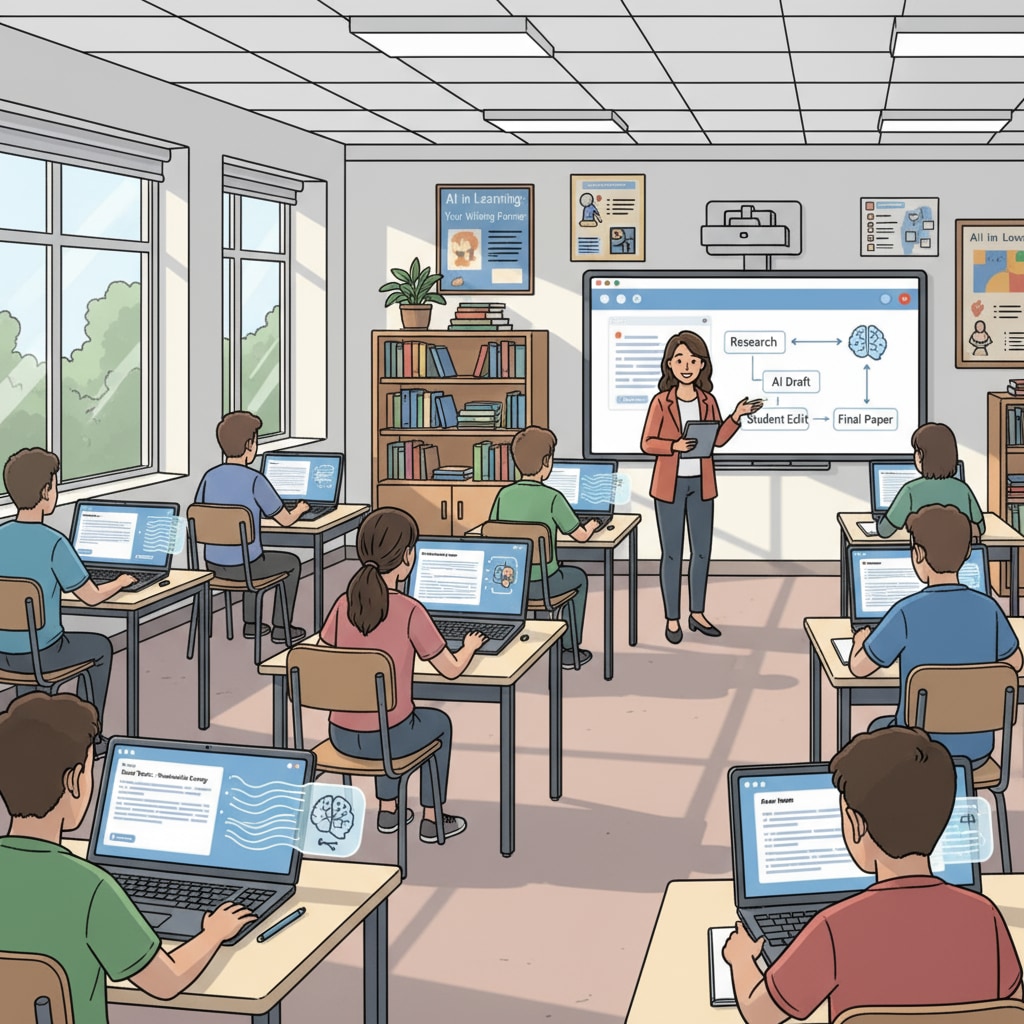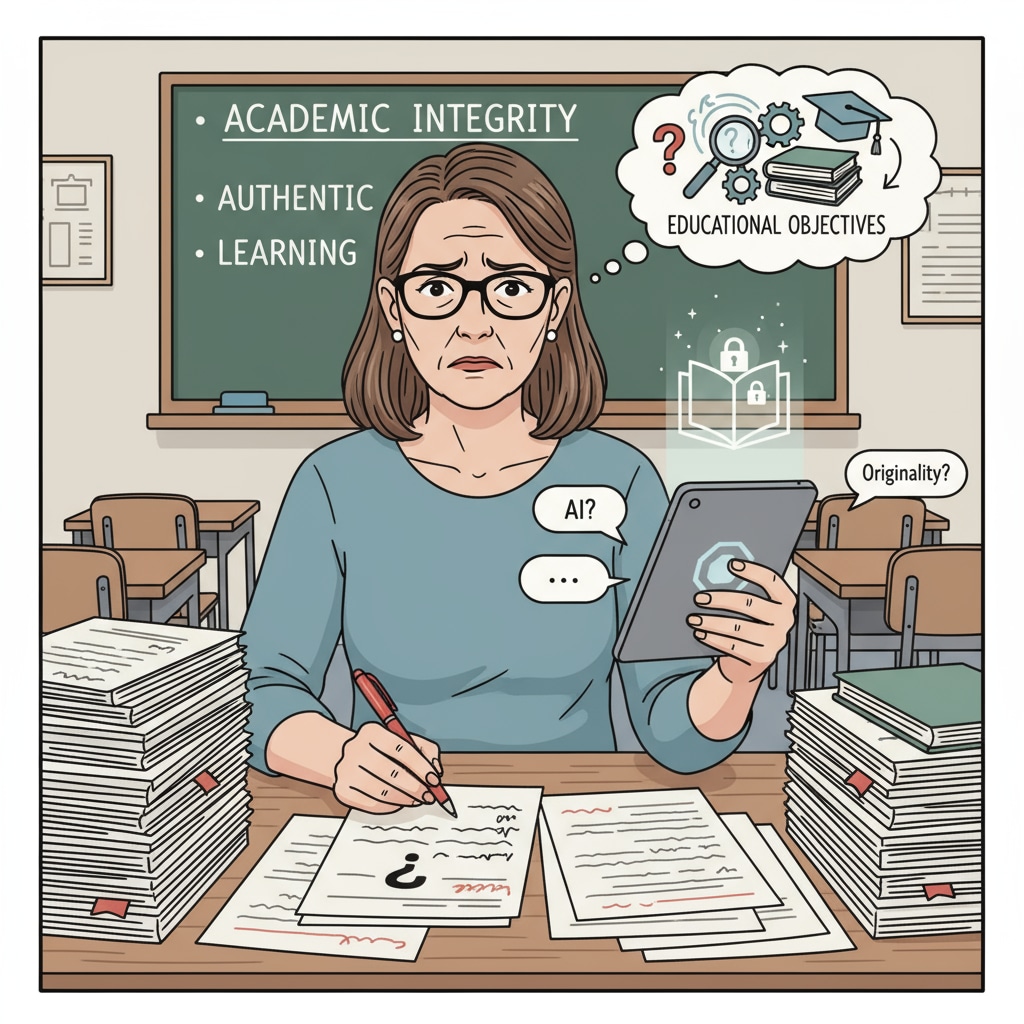In the modern landscape of education, the issues of student writing, educational objectives, and assignment authenticity have taken on new dimensions with the advent of AI. As AI technology becomes increasingly integrated into the educational realm, educators are grappling with the authenticity of student assignments, sparking a profound reflection on the very essence of education.

The AI Revolution in Student Writing
The rise of AI has transformed the way students approach writing tasks. Tools like ChatGPT can generate well-structured essays, reports, and stories in a matter of seconds. This has made it easier for students to complete their assignments, but it has also raised serious questions about the authenticity of their work. For example, a student could simply input a topic into an AI writing tool and submit the generated text as their own, bypassing the learning process of researching, organizing thoughts, and writing. According to Wikipedia’s page on artificial intelligence in education, the use of AI in writing assignments has become a widespread concern among educators worldwide.
Challenges to Educational Objectives
Educational objectives encompass more than just the completion of assignments. They aim to develop students’ critical thinking, creativity, and communication skills through the writing process. When students rely on AI to complete their writing tasks, these objectives are undermined. For instance, the ability to analyze information, form unique perspectives, and express them coherently is not being nurtured. As stated on Britannica’s educational psychology page, true learning occurs when students engage actively with the material, which is not happening when AI does the writing for them.

Furthermore, the use of AI in student writing also challenges the assessment system. Teachers rely on assignments to gauge students’ understanding and progress. With the possibility of AI-generated work, it becomes difficult to accurately assess a student’s knowledge and skills. This misalignment between educational objectives and the current state of student writing due to AI is a significant hurdle that needs to be addressed.
Finding a Balance
Instead of completely banning AI, educators, parents, and students need to work together to find a balance. One approach could be to incorporate AI as a learning tool rather than a shortcut. For example, students could use AI to generate ideas, but then they should be required to develop and refine those ideas through their own research and writing. This way, the educational objectives of developing critical thinking and writing skills can still be met while leveraging the benefits of AI technology.
In addition, educators can design assignments that are more focused on the process rather than just the final product. By requiring students to submit drafts, outlines, and reflections, teachers can better track the students’ engagement and ensure that the work is authentic. This shift in approach can help redefine the educational paradigm in the digital age, where the authenticity of student writing is respected, and educational objectives are achieved.
Readability guidance: This article has used short paragraphs to present ideas clearly. Each H2 section has a list-like structure to summarize key points. The passive语态 has been kept to a minimum, and transition words like ‘for example’ and ‘in addition’ have been used to enhance the flow of the text.


